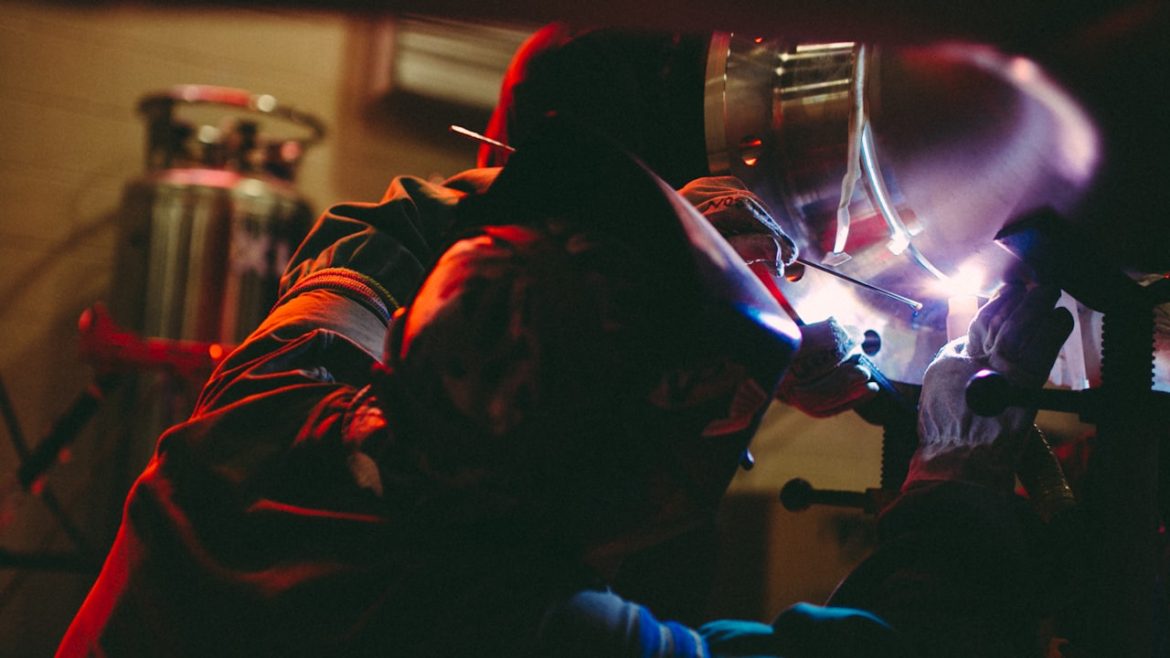When joining two pieces of pipe or a flanged connection, flange adaptor is a crucial component. They are an essential component of any plumbing system due to their secure and reliable connection between two pipe segments. Flange adaptors have widespread utility in a variety of commercial and industrial settings, as well as in water and gas pipelines. In this manual, we’ll take a close look at flange adaptors, explaining the many kinds, how they’re installed, and where they might be used.
Flange Adapter Varieties
Flange adaptors come in a variety of forms, each with its own set of pros and cons. Depending on your needs, select the appropriate flange adaptor. Some of the most typical variations of flange adapters are:
Threaded flange adaptors are used to join together two different flanged connections or pipe segments. They may be set up with little effort and need little care once they’re in place. They work in both low- and high-pressure systems and come in a range of diameters to suit either.
In order to connect two pipes together, you can use socket weld flange adaptors. They are commonly utilised in high-pressure situations because of the secure connection they provide. There is a wide range of socket weld flange adaptor sizes for both low- and high-pressure systems.
Flange Adapter Installation
Flange adaptor installation calls for familiarity with fundamental plumbing practises and equipment. Make sure everything is the appropriate size and will fit together before beginning the installation. First, use a coupler to join the two ends of the pipe before inserting the threaded flange adaptor. Check that the coupler’s male and female threads line up and that it’s fully tightened. After installing the coupler, snug the flange adaptor with a wrench. Lock the flange adaptor in place with a locknut and tighten it with a wrench. In the end, make sure the flange adaptor is thoroughly tightened with a wrench.
Different procedures are used for installing slip-on and socket weld flange adaptors. Put a coupler on both ends of the pipe and then link them together. When using a coupler, it is important to ensure that the male and female threads are aligned and that the coupler is fully tightened. Place the flange adaptor over the pipe end once the coupler has been installed. Fasten a locknut onto the flange adaptor to keep it in place. In the end, make sure the flange adaptor is thoroughly tightened with a wrench.
Flange Adapters and Their Use
There are many different uses for flange adaptors, such as in the oil and gas, water and wastewater, and industrial and commercial sectors. In the context of pipes and flanged connections, they are utilised to make a strong and dependable joint between two pieces. Flange adaptors are versatile, as they can be used in both low- and high-pressure systems and a wide range of sizes.
Conclusion
Connecting two pieces of pipe or flanged connection requires a flange adaptor. They are an essential component of any plumbing system due to their secure and reliable connection between two pipe segments. Flange adaptors come in a variety of forms, each with its own set of pros and cons.
Flange adaptor installation calls for familiarity with fundamental plumbing practises and equipment. Oil and gas pipelines, water and wastewater systems, and industrial and commercial applications are all common places to see flange adaptors in use.
